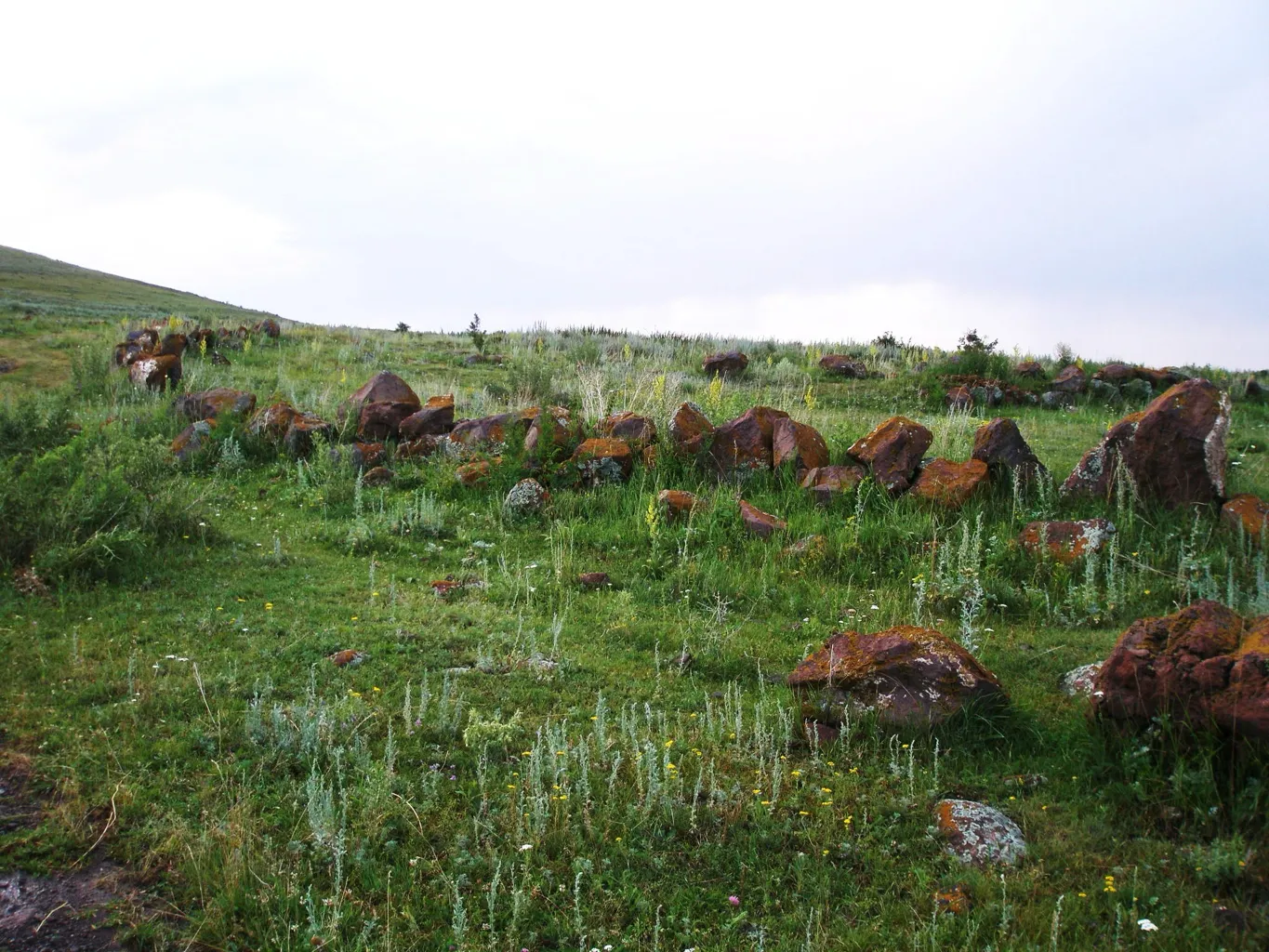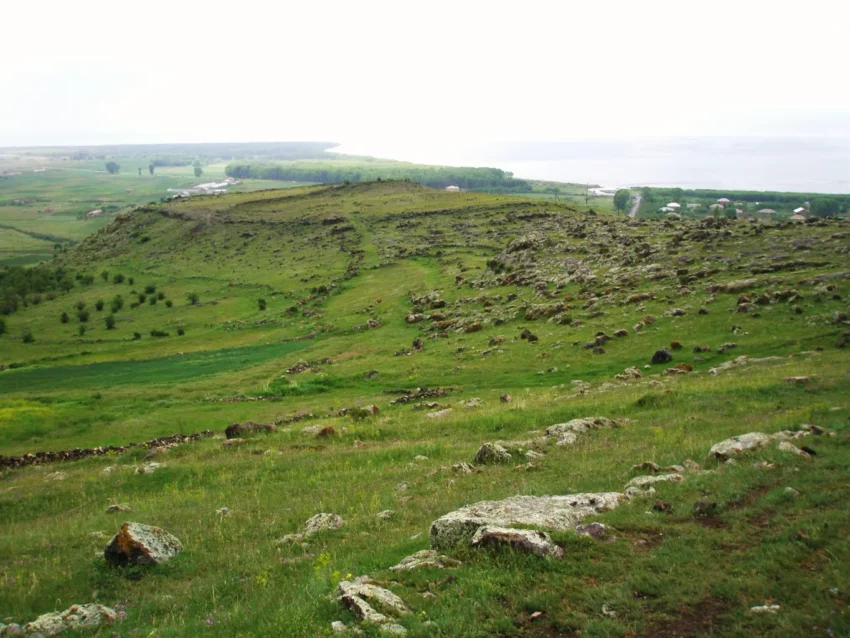The Historical Significance of Khrber
Khrber, an ancient site located in the region of modern-day Armenia, holds significant historical importance. This site offers valuable insights into the early civilizations that once thrived in the area. Archaeologists and historians have long studied Khrber to understand its role in the broader context of ancient history.
Get your dose of History via Email
Geographic and Historical Context
Khrber is situated in the South Caucasus region, an area known for its rich cultural and historical heritage. The site dates back to the early Bronze Age, around 3000 BC. This period marks the beginning of complex societies in the region. The strategic location of Khrber made it a crucial hub for trade and cultural exchange.
Archaeological Discoveries
Excavations at Khrber have unearthed a wealth of artifacts. These include pottery, tools, and remnants of ancient structures. The pottery found at Khrber is particularly noteworthy. It features intricate designs that reflect the artistic skills of its creators. Tools made from stone and metal indicate advanced technological capabilities.
Cultural and Social Structure
The artifacts suggest that Khrber had a well-organized social structure. The presence of large communal buildings points to a society with complex social hierarchies. Burial sites found at Khrber provide further evidence of social stratification. Some graves contain valuable items, indicating the high status of the individuals buried there.

Trade and Economy
Khrber’s location made it a vital center for trade. The site lies along ancient trade routes that connected different parts of the region. Archaeologists have found items from distant lands, suggesting extensive trade networks. These trade connections likely contributed to the economic prosperity of Khrber.
Religious and Ritual Practices
Religious artifacts found at Khrber offer insights into the spiritual life of its inhabitants. Temples and altars indicate the practice of organized religion. Ritual objects, such as figurines and ceremonial vessels, suggest that religious ceremonies played a significant role in daily life.
Decline and Abandonment
Khrber experienced a decline around 1000 BC. Several factors likely contributed to this decline, including environmental changes and shifts in trade routes. By 500 BC, the site was largely abandoned. However, its legacy continued to influence later cultures in the region.
Conclusion
Khrber provides a window into the early history of the South Caucasus region. Its archaeological remains offer valuable insights into the social, economic, and religious aspects of ancient life. Continued research at Khrber will undoubtedly reveal more about this fascinating site and its role in human history.
Sources:

